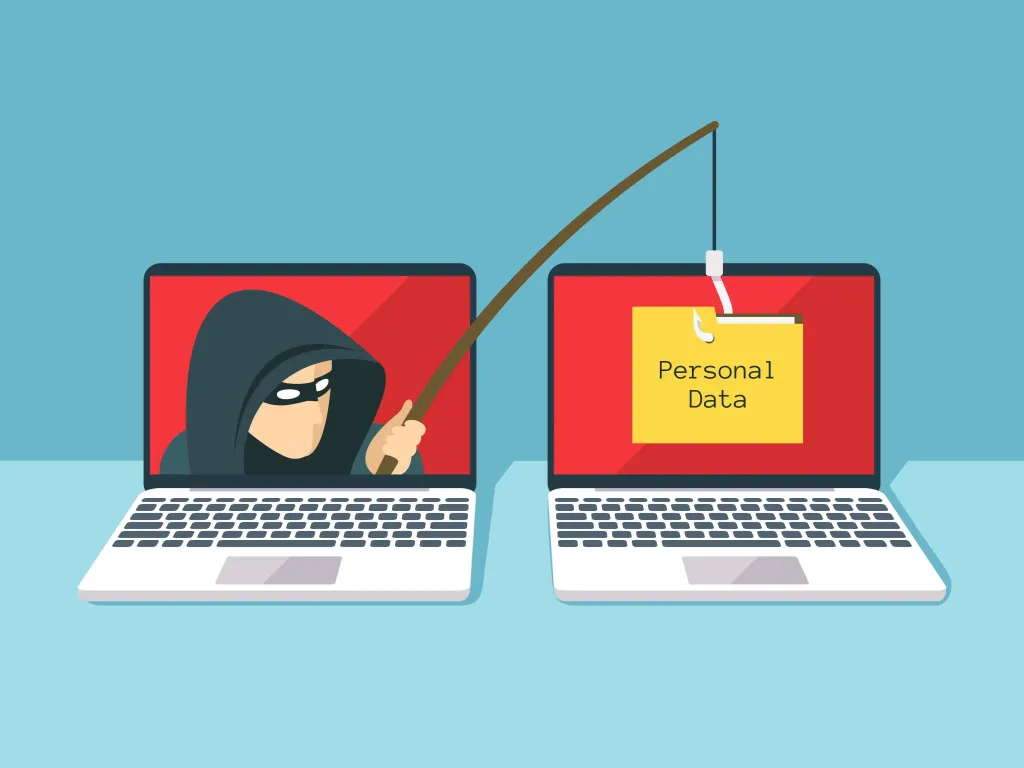The ultimate productivity hack is saying no.
Not doing something will always be faster than doing it. This statement reminds me of the old computer programming saying, “Remember that there is no code faster than no code.”
The same philosophy applies in other areas of life. For example, there is no meeting that goes faster than not having a meeting at all.
This is not to say you should never attend another meeting, but the truth is that we say yes to many things we don’t actually want to do. There are many meetings held that don’t need to be held. There is a lot of code written that could be deleted.
How often do people ask you to do something and you just reply, “Sure thing.” Three days later, you’re overwhelmed by how much is on your to-do list. We become frustrated by our obligations even though we were the ones who said yes to them in the first place.
Productivity is a perennial pursuit for individuals, organizations, and teams. Everyone is constantly looking for the next great hack to streamline processes, boost efficiency, and get more done. But what if the ultimate productivity hack isn’t about doing more, but about doing less? Saying “no” might be the most powerful tool in your productivity arsenal.

Why Saying No is the Key to Productivity
The simplest way to save time is not to do something at all. This philosophy aligns perfectly with the old computer programming adage: “There is no code faster than no code.” In the same way that unnecessary code can bog down a program, unnecessary commitments and tasks can bog down your schedule and mental bandwidth.
Saying no helps you:
- Avoid unnecessary commitments
- Preserve your focus for high-impact activities
- Reduce decision fatigue
Let’s explore why saying no works so effectively and how you can incorporate it into your daily life.
The Problem with Always Saying Yes
Modern work culture often glorifies being busy. Agreeing to everything is seen as a sign of dedication and ambition. However, this tendency to overcommit leads to several productivity pitfalls:
- Time Dilution: Spreading yourself too thin across many tasks reduces the quality and effectiveness of your work. You’re likely to accomplish more by focusing on fewer, high-priority tasks.
- Burnout: Constantly saying yes can lead to overwork, stress, and eventually burnout. It’s not sustainable to run at full capacity without taking time to recharge.
- Lack of Focus: Overcommitting makes it difficult to concentrate on what truly matters. You may find yourself stuck in back-to-back meetings or projects that add little value to your goals.
- Opportunity Cost: Every time you say yes to something, you’re saying no to something else. It’s crucial to recognize what you might be sacrificing.

The Benefits of Saying No
Saying no isn’t just about avoiding unnecessary work; it’s about creating space for what truly matters. Here are some key benefits:
1. Protecting Your Time
By declining tasks or commitments that don’t align with your priorities, you free up valuable time to focus on high-impact activities. Remember, your time is a finite resource, and how you allocate it determines your effectiveness.
2. Enhancing Quality
Fewer commitments mean more time to dedicate to each task. This allows you to produce higher-quality work and achieve better results.
3. Reducing Stress
A cluttered schedule can create unnecessary stress and overwhelm. Saying no can help you maintain a sense of balance and control.
4. Focusing on Your Goals
When you eliminate distractions and low-value activities, you can concentrate on achieving your long-term objectives.
Practical Strategies for Saying No
It’s not always easy to say no, especially in professional or social settings. Here are some strategies to help you decline gracefully:
1. Be Clear and Direct
When declining an invitation or task, be straightforward. For example:
- “I appreciate the opportunity, but I’m currently focused on other priorities.”
- “I can’t commit to this right now, but thank you for thinking of me.”
2. Set Boundaries
Define your limits and communicate them clearly. For instance, you might limit your availability for meetings or decline tasks outside your core responsibilities.
3. Use Positive Language
Frame your no in a positive light. For example:
- “This sounds like a great idea, but I’m not the best person for it. Perhaps [Name] could help?”
4. Delay Your Response
If you’re unsure, ask for time to evaluate:
- “Let me check my schedule and get back to you.” This gives you time to decide without feeling pressured.
5. Practice Saying No
Build your confidence by practicing in low-stakes situations. The more you say no, the easier it becomes.
When to Say Yes
Saying no doesn’t mean rejecting every opportunity. It’s about being selective. Here’s when saying yes is worth it:
- Aligns with Your Goals: If a task supports your long-term objectives, it’s worth considering.
- Builds Relationships: Collaborating on meaningful projects can strengthen professional or personal connections.
- Promotes Growth: Opportunities that challenge you or help you learn new skills can be valuable.
Common Misconceptions About Saying No
1. “Saying no is rude.”
Declining politely and respectfully is not rude. It’s an assertion of your priorities and boundaries.
2. “I’ll miss out on opportunities.”
Saying no to low-value tasks creates space for more meaningful opportunities.
3. “I’ll let people down.”
It’s better to decline than to overcommit and underdeliver.
Real-Life Examples of Productivity Through Saying No
Example 1: Steve Jobs
Steve Jobs famously said, “Innovation is saying no to 1,000 things.” His ability to focus on a few key priorities led to groundbreaking products like the iPhone and Mac.
Example 2: Warren Buffett
Buffett’s strategy involves saying no to nearly everything that doesn’t align with his core investment philosophy. This discipline has contributed to his extraordinary success.
Example 3: A Software Development Team
A team decided to reduce meetings by half, declining unnecessary ones. The result? More time for coding, fewer interruptions, and higher productivity.

Applying the Philosophy to Everyday Life
You don’t have to be a CEO or billionaire to benefit from saying no. Here’s how it can apply to your daily routine:
- Decline Unnecessary Meetings: Evaluate whether a meeting is truly essential. If not, suggest alternative ways to communicate, like an email update.
- Avoid Overloading Your To-Do List: Prioritize tasks that align with your goals and eliminate or delegate the rest.
- Limit Digital Distractions: Say no to excessive notifications and time spent on social media.
- Create Personal Time: Protect time for rest, hobbies, and personal growth by declining commitments that encroach on your well-being.



